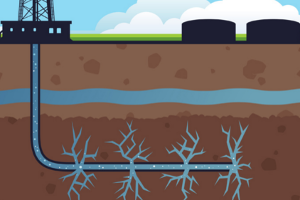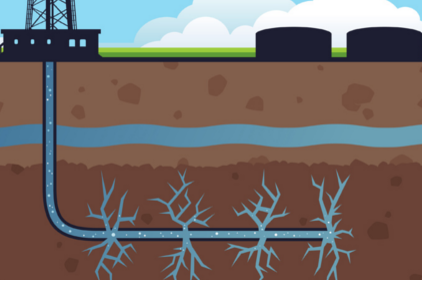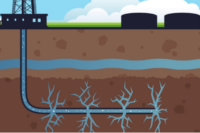 While U.S. oil & gas companies have, for the most part, refused to disclose the chemicals they use in hydraulic fracturing – or “fracking” – on the grounds that such information is proprietary, their European counterparts have launched a new website to disclose those and other details.
While U.S. oil & gas companies have, for the most part, refused to disclose the chemicals they use in hydraulic fracturing – or “fracking” – on the grounds that such information is proprietary, their European counterparts have launched a new website to disclose those and other details.
Fracking is technique used to harvest natural gas that injects water mixed with sand and chemicals into shale to create fractures that force the gas to the surface. The practice originated in the U.S.
Proponents of fracking point to the (U.S.’) abundant supply of natural gas and the economic and geopolitical benefits of having a homegrown source of energy.
Opponents cite potential environmental and health effects that include or may stem from the depletion of fresh water and air and groundwater contamination from the chemicals used in the process.
The International Association of Oil & Gas Producers (OGP) says the new website, called Natural Gas from Shale Fluid and Additive Component Transparency Service, or NGS FACTS (www.ngsfacts.org), is open to the public and offers updated information for exploratory wells being operated in the European Economic Area by the participating organizations. With a click, a fact sheet pops up for each of the initial six wells listed, containing comprehensive information about the water, sand and chemicals used in that well to create small passages in the rocks, through which the gas can be extracted.
“We have initiated this site to address public concerns about one of the most promising energy technologies in Europe,” says the Association’s Executive Director Michael Engell-Jensen. “We’ve listened to the public and policymakers who have asked the industry to disclose the substances used in gas from shale operations. The launch of the site today is a first step, taken voluntarily by the industry, to address such concerns.”
The OGP says the website is designed to complement rather than replace existing regulatory reporting requirements and individual company initiatives. It allows the public to locate, using satellite imaging, exploratory shale directed gas wells being operated by the participating organizations.
Information available through the site includes:
· Amount of water used, in cubic meters.
· Maximum mass percentage of water as a proportion of the total mass of hydraulic fracturing fluid used
· Chemical substance in fracturing fluid: The list of chemical substances in fracturing fluid includes both Material Safety Data Sheet (MSDS) and non-MSDS substances.
· Chemical Abstract Service Number (CAS Number)
· List of maximum mass percentage of each chemical additive in the hydraulic fracturing fluid.




